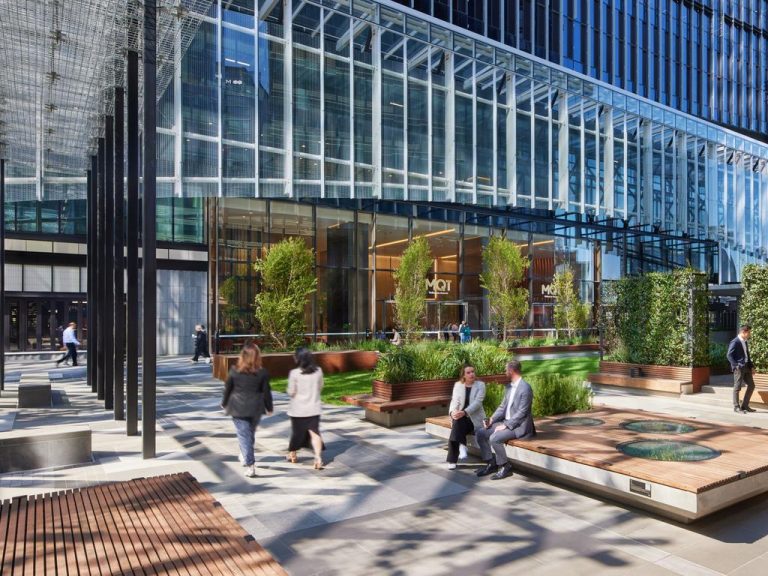4 steps to help find your first office space

Your company is going well, and you’re looking for the first commercial office space for your business.
Congratulations – this is an exciting time! However, as a newcomer to the commercial market, you may not know how the market operates, or even where to start.
Finding your first office space can seem like an overwhelming, daunting task.
However, the process is actually quite easy as long as you follow a few basic steps and you understand the key terminology used in commercial office leasing.
How to find your first office space:
1: Define your search criteria
At the very basic level, you need an idea of what you are after in terms of the amount of space or area required, and roughly what you are prepared to pay annually in rent.
When considering the size of an office, commercial agents talk in square metres and are likely to ask how many square metres you need. You should work on roughly 10-12 sqm per person if you are working in a predominately open-plan environment.
You should work on roughly 10-12 sqm per person if you are working in an open-plan environment.
Read more: How much office space does my office need?
If you need to create floor plans and figure out just how much space you need, there are tools and resources available for you to use, such as office space calculators and moving checklists.
In Sydney, office rent rates are often quoted as a rate per sqm. It’s best to start getting accustomed to thinking about rent in this way as it’s the best way to compare between price and quality in offices.
Simply multiply the size of the office by the rate per sqm, and it will give you the annual rental price.
Multiply the size of the office by the rate per sqm, and it will give you the annual rental price.
You also need to look out for whether the rent is quoted as a ‘gross’ rent or a ‘net’ rent. Gross rent quotes incorporate outgoings (otherwise known as the costs associated with running the building).
If the rent is quoted as net rent, there will normally be an additional amount for outgoings which needs to be factored in. Again, it’s best to work with a gross rent quote for comparison purposes and also for your own budget purposes.
Step 2: The search for the perfect office space
Armed with the above information, you can start searching for your office. You can either submit an enquiry online and an agent will call you back ASAP, or you can call the agent directly.
After speaking to someone who has submitted an enquiry, as an agent my process would be to compile a list of properties in an email that would meet the enquirer’s search criteria. Once they have had a chance to review this email, we would then organise with them a time to inspect the properties.
At this point it is simply a matter of putting in the time to view enough offices until you find your ideal space. Be patient and inspect thoroughly to ensure you find the best place to suit your company’s needs.
Step 3: Dotting the i’s and crossing the t’s
Once you have found that ideal office, your agent would organise a leasing proposal for you based on your preferred start date and lease term.
In other words, this is the beginning of the negotiation process and the ideal time to bring up any issues with the lease time, communicate expectations and ask about any incentives or rent-free periods that may be available.
Read more: How much rent should I pay for my business space?
Your agent would organise a leasing proposal for you based on your preferred start date and lease term.
After the terms of the leasing proposal have been agreed between the parties, the lease proposal is executed by you and a one-month deposit is lodged. The owner’s solicitor will then prepare the lease document based on the lease proposal and send it to your solicitor for execution.
Access to the office is generally granted once the lease is executed, the bond/bank guarantee is in place and the public liability insurance is in place.
Step 4: Moving in to your new space
Once you have access to your office you can start organising your phone, IT setup and any internal fitout requirements you might have.
Read more: 10 tips for relocating your business
There will normally be an onsite building manager to help facilitate the fitout process via your builder and help with the moving in process, so make sure to have their number on hand once everything has been agreed upon.
Of course, there are other elements of this process that will depend on your individual needs and should be incorporated into your search, but the skeleton of the process generally stays the same.
Best of luck with your search.







